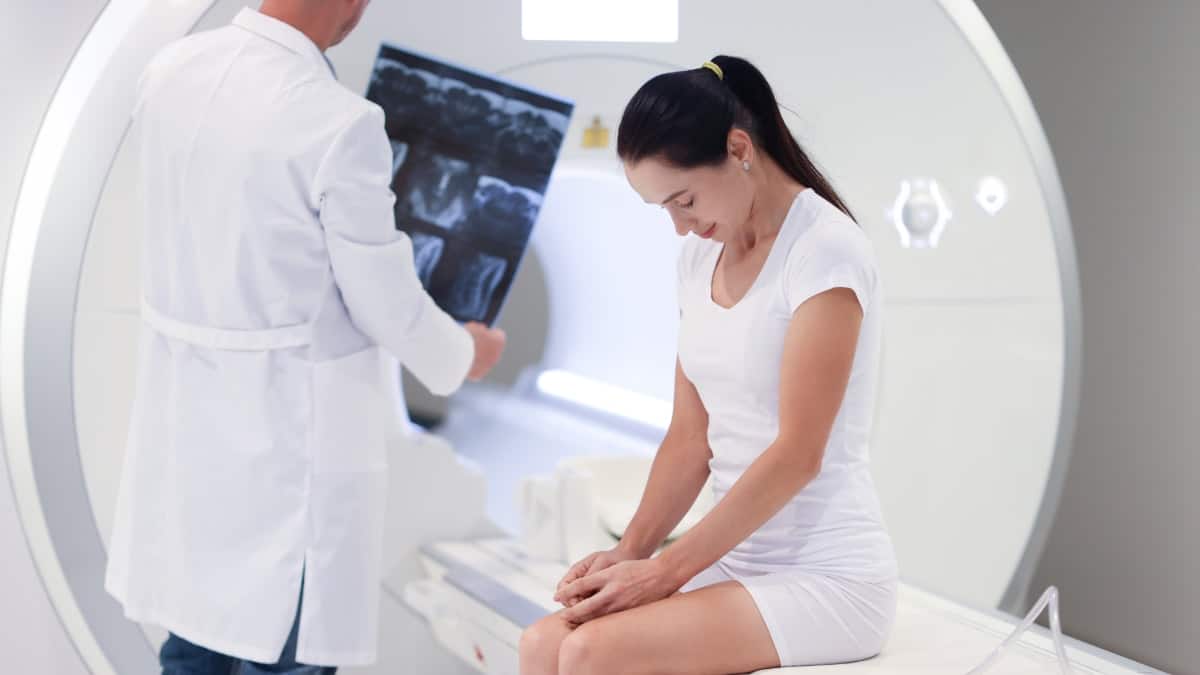With IM you can easily scale & grow your practice, all while achieving better patient outcomes!

Mapping the Mind: Functional MRI Unveils Auditory-Motor Processing Networks
White paper presented at national PM&R conference 2004

Keywords
Adult, Cognitive Skills, Motor Skills
This study aimed to understand the impact of Interactive Metronome (IM) training on brain activity.
The sample consisted of 7 normal adults (age 26-64; 4 males, 3 females) with extensive IM training and 1 control subject with no IM training.
Brain imaging was performed using fMRI while subjects simulated IM auditory-motor behaviors.
Several regions of the brain showed heightened activity in response to the IM simulation, indicating that IM training can indeed stimulate neural pathways and promote neuroplasticity.
Specifically, the Cingulate Gyrus, Temporal Gyrus, and Superior Frontal Gyrus were activated bilaterally. Moreover, most subjects demonstrated increased activity in the right Calcarine Sulcus, left posterior Temporal Gyrus, and left Superior Frontal Gyrus. Interestingly, some individuals even exhibited bilateral activity in these areas.
On the other hand, the untrained control subject did not display any increased brain activity, underscoring the likely effect of IM training on the brain’s functional state.
Importantly, these findings suggest that the gains achieved through IM training can be enduring, persisting even 6 months after the completion of therapy.
Abridged Summary & Results of Study
The role of functional MRI in defining auditory-motor processing networks by Dr. Neal Alpiner
PUBLICATION: WHITE PAPER presented at National Physical Medicine & Rehabilitation Conference 2004
YEAR: 2004
RESULTS:
Normal adults with extensive experience with Interactive Metronome (IM) training participated in this fMRI study along with 1 untrained control to demonstrate that the brain can be trained through synaptic modulation to augment existing neural pathways. Brain structures activated bilaterally by IM training in this study include: Cingulate Gyrus, Temporal Gyrus, and Superior Frontal Gyrus. “Repetitive auditory-motor training, specifically IM holds promise for neuroplasticity of higher and lower brain centers.”
DETAILS:
- n=7 normal adults (age 26-64; 4M, 3F) with extensive training in Interactive Metronome (IM) and n=1 control subject that had no IM training experience
- subjects placed in fMRI scanner, and used internal cycling noise (“chirping”) to simulate IM auditory sounds to recreate learned auditory-motor behaviors
- 5/7 subjects revealed increased activity at right Calcrine Sulcus
- 3/7 showed bilateral increased activity at Cingulate Gyrus
- 5/7 subjects showed increased activity at left posterior Temporal Gyrus
- 2 patients show bilateral increased temporal activity
- 3/7 patients show increased activation at right superior Frontal Gyrus
- 4/7 patients showed increase at left Superior Frontal Gyrus with 1 patient revealing bilateral activation
- 3/7 patients showed activation at left Posterior Central Gyrus
- 1 patient without IM training had absent activity
Get IM Certified!
Getting Certified in Interactive Metronome is Easy! Attend a Live, Online Virtual Certification course and in one day you can start offering Interactive Metronome to your clients.
Education, Support & More!
We offer ongoing support and continuing education in Interactive Metronome so you can get the most from it. Learn how to profitably implement IM into your practice and help more patients in less time.
Our FREE on-demand library is chock full of specific short classes tailored to different populations and conditions as well as advanced IM application courses.
We routinely have Live webinars where you can sharpen your skills and learn the latest from clinicians.
And our clinical advisers are happy to help you with suggestions for particular clients.





